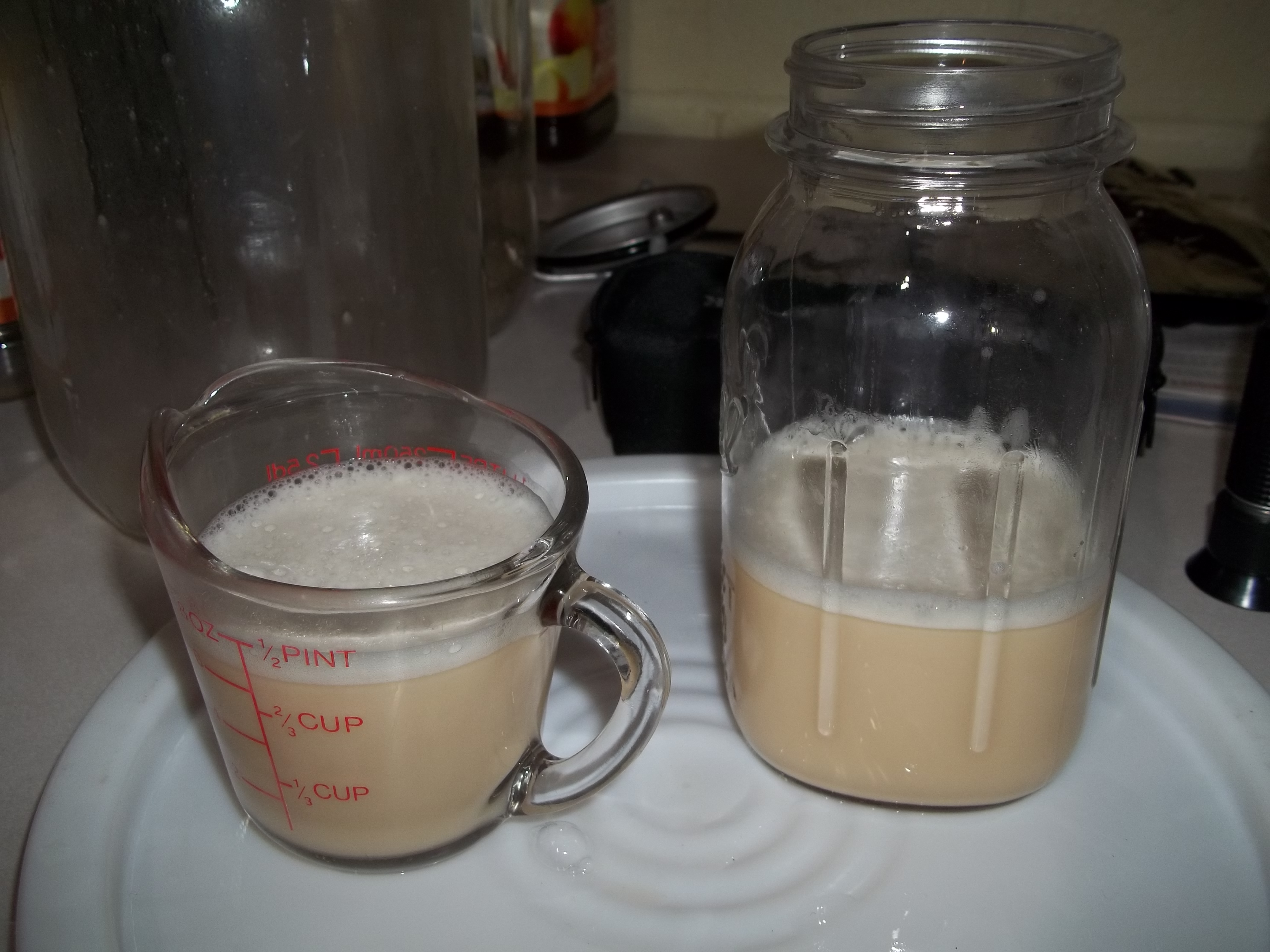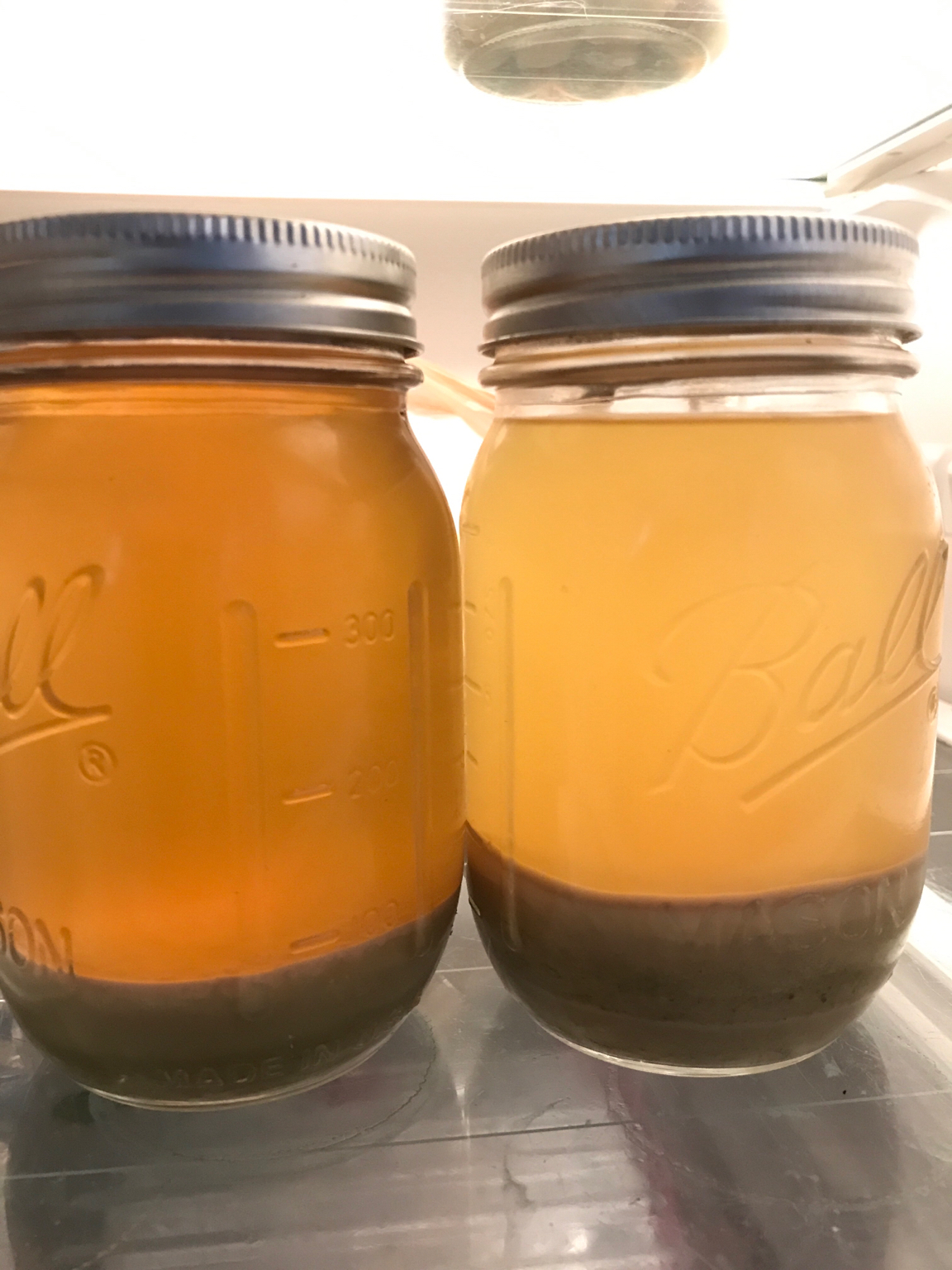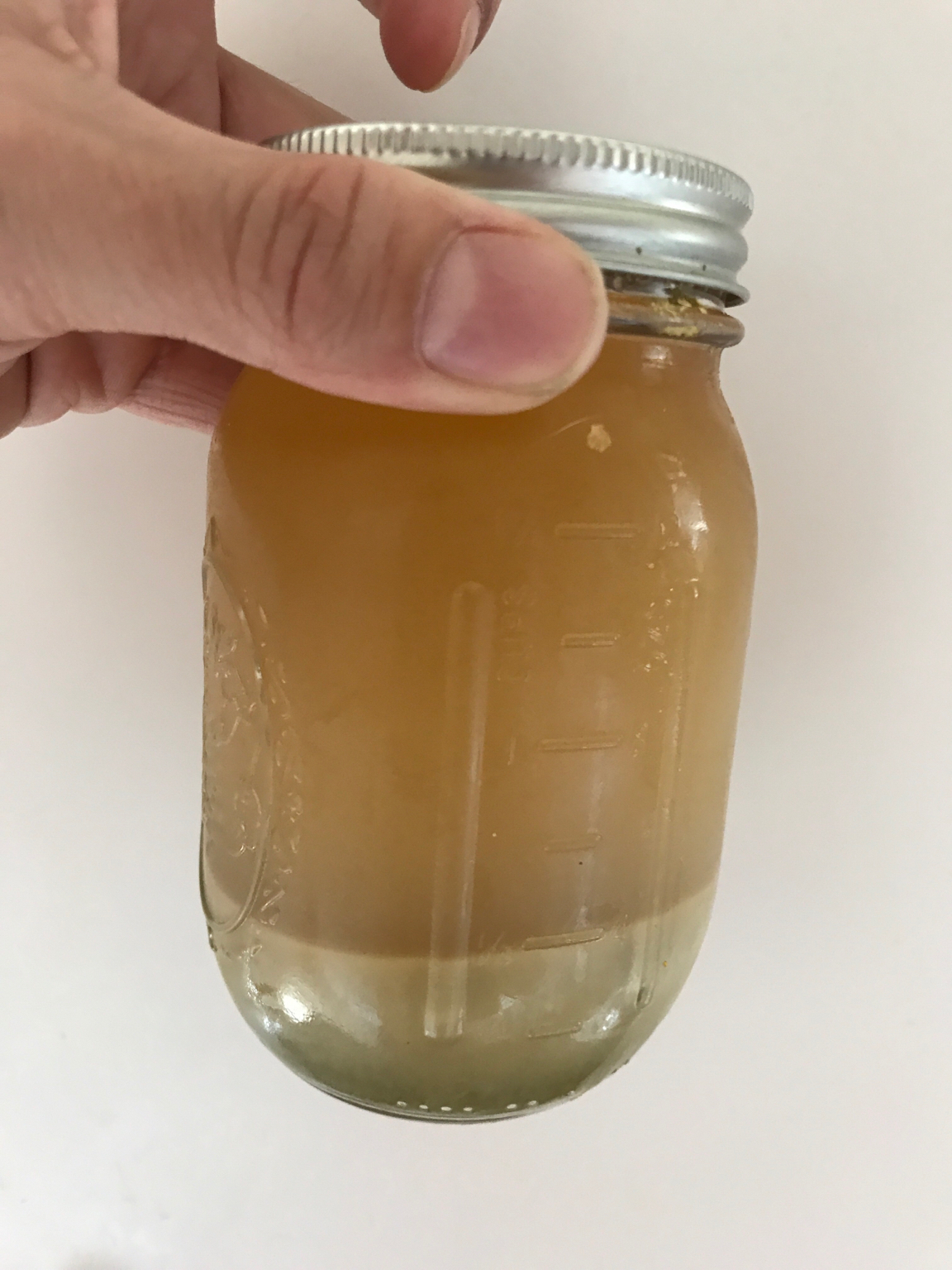Mike Newman
Well-Known Member
- Joined
- Feb 14, 2018
- Messages
- 77
- Reaction score
- 15
I have recently become intrigued by yeast slurries and how you go about starting the process. I am curious though if it’s worth harvesting slurry from dry yeast? I mostly brew with US-05, but my question relates to Lallemand Belle Saison yeast for future saisons.
I am about to bottle my 1.5 gallon batch of a saison this weekend and wondered if it’s worth saving the slurry for future batches? Also if I do save it, does the same math apply when I comes to the number of yeast cells in my slurry? For instance if I pitched 6.25 grams of Belle Saison, would I theoretically have 54.3% (6.25/11.5) of what typical 5 gallon slurries have?
I am about to bottle my 1.5 gallon batch of a saison this weekend and wondered if it’s worth saving the slurry for future batches? Also if I do save it, does the same math apply when I comes to the number of yeast cells in my slurry? For instance if I pitched 6.25 grams of Belle Saison, would I theoretically have 54.3% (6.25/11.5) of what typical 5 gallon slurries have?






 The cheapest I can get is $4.
The cheapest I can get is $4.
